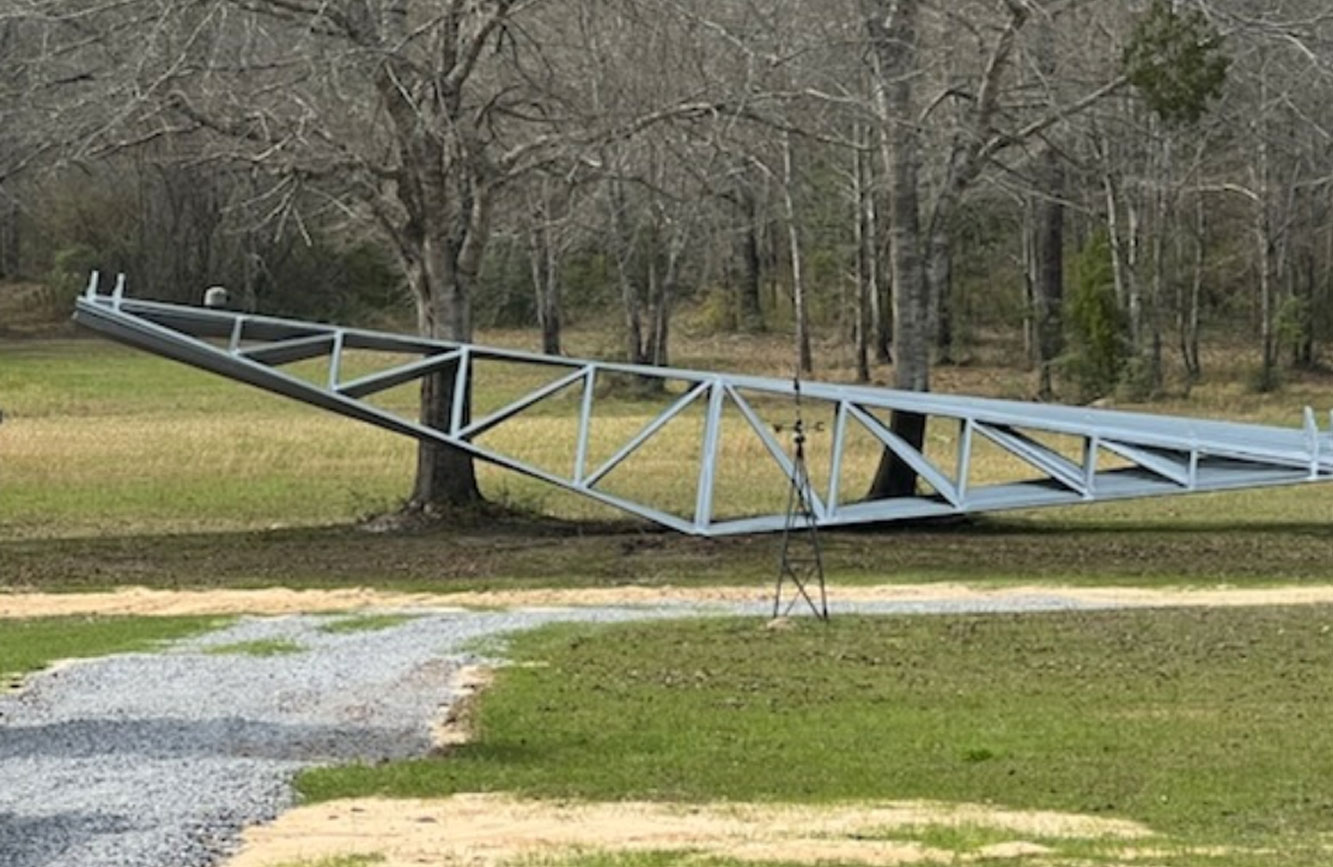
Building a steel structure is an exciting venture, whether it’s for a commercial facility, a storage unit, or a workshop. However, ensuring that the ground is properly prepared is crucial for the stability and longevity of your building. Here’s how to determine if the ground is ready for your steel building:
Conduct a Soil Test
Before any construction begins, it’s essential to perform a soil test. This test will evaluate the soil’s composition, density, and moisture content. The results will help you understand if the ground can support the weight of your steel building and identify any potential issues, such as soil that is too loose or prone to shifting.
Assess Drainage
Proper drainage is vital to prevent water from accumulating around the foundation of your steel building. Standing water can lead to soil erosion and undermine the stability of the structure. Ensure that the ground has adequate slope and drainage systems to channel water away from the building site.
Check for Compaction
The ground must be well-compacted to provide a stable base for your steel building. Compaction increases the density of the soil, reducing the risk of settling or shifting over time. Use a mechanical compactor to compact the soil in layers, ensuring each layer is uniformly compressed.
Level the Site
A level site is critical for the construction of a steel building. Uneven ground can lead to structural issues and difficulties during the assembly process. Use surveying tools to check the level of the site and make necessary adjustments. You may need to add or remove soil to achieve a perfectly level surface.
Consider Soil Treatment
In some cases, soil treatment may be necessary to enhance the ground’s load-bearing capacity. This can involve adding materials like gravel or sand to improve stability or using chemical stabilizers to strengthen the soil.
Plan for Utilities
Ensure that all necessary utilities (water, electricity, and sewage) are planned and installed before the construction begins. Trenches for utility lines should be dug and backfilled properly to avoid disturbing the ground after the building is erected.
Conclusion
By following these steps, you can ensure that the ground is well-prepared for your steel building. Proper preparation not only supports the structure but also helps avoid costly repairs and maintenance in the future. Take the time to assess and ready the ground, and you’ll set a solid foundation for your project’s success.
